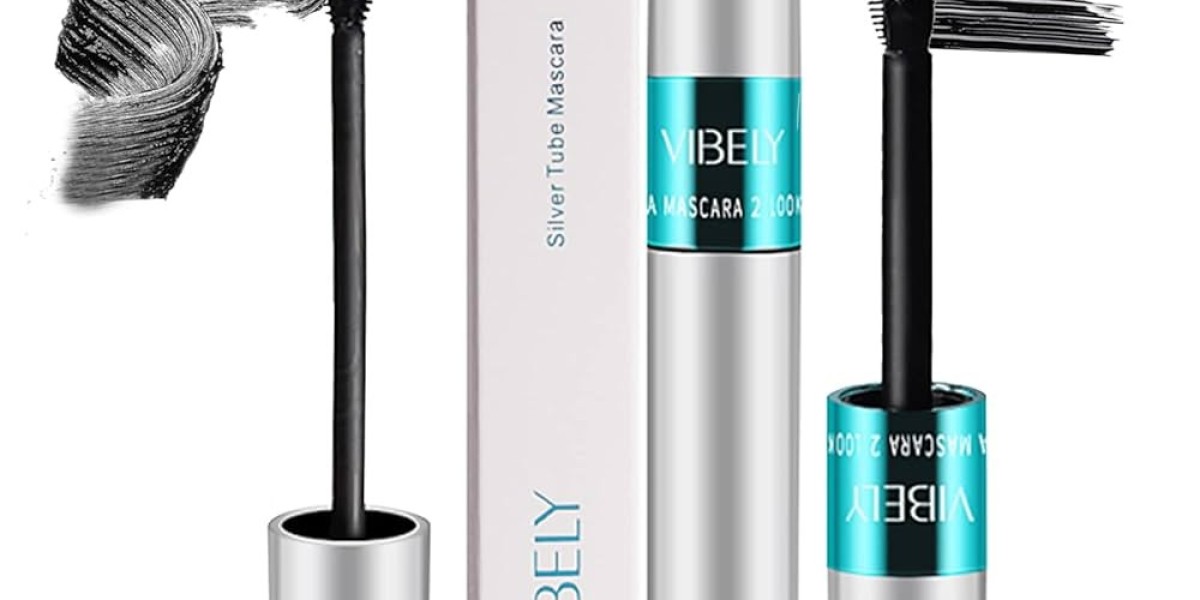Manuka Honey, traditionally prized as a functional food, is increasingly penetrating the worlds of cosmetics, wound care, and therapeutic health. As the broader market is projected to grow significantly over the next decade, these value-added segments represent key growth vectors and competitive differentiators.
Why Manuka Honey Works for Therapeutic Use
Antimicrobial & Wound Healing Properties: The high methylglyoxal (MGO) content in Manuka confers antibacterial action, making it useful in wound dressings and skin repair.
Anti-inflammatory & Soothing Effects: Helps calm inflamed skin, reduce redness, and support healing—ideal qualities in dermatological formulations.
Natural & Clean Branding: In skincare and medical products, consumers increasingly favor ingredients that are natural, traceable, and validated by research.
Key Application Domains
Wound Care & Medical Dressings
Hospitals and clinics are adopting medical-grade Manuka honey as part of advanced wound care protocols, especially for chronic wounds, burns, and ulcers. Its efficacy in tissue regeneration and controlling infection is driving interest.Dermatology & Cosmetic Products
Manuka Honey is being integrated into face masks, creams, serums, balms, and cleansers for acne, eczema, and general skin health. Its soothing and antimicrobial nature is especially attractive for sensitive or problem skin lines.Oral Health & Supplements
Some formulations integrate Manuka into lozenges, oral gels, and supplements targeted at throat health, gum disease, or digestive wellness.
Market Impact
These therapeutic and cosmetic applications generally support higher margins compared to raw honey. They also allow brands to diversify away from pure food-grade competition. As healthcare and beauty consumers are willing to pay premiums for efficacy, the adoption of Manuka in these domains is helping steer the market’s growth.
Challenges to Entry
Regulatory approval and clinical validation: Products that make therapeutic claims must often follow rigorous testing.
Potency retention: Processing, formulation, and storage must preserve the active compounds (MGO).
Supply and cost: Premium, medical-grade Manuka is more expensive and limited in volume.
Consumer acceptance and skepticism: Some consumers may question efficacy or overhype.
Strategic Approaches
Partner with clinical research institutions to validate claims
Clearly separate food-grade and medical / cosmetic lines to avoid brand dilution
Use minimal heat, protect from light and oxygen to maintain potency
Transparently document and publish test results, certifications, and batch traceability
Promote the therapeutic lineage via educational marketing and professional channels
Case Trends & Examples
Leading Manuka producers are already moving in this direction—launching skincare sub-brands, medical-grade honey lines, and co-branded wound care products. The expansion of Manuka beyond the honey jar is one of the key factors driving broader market growth.








